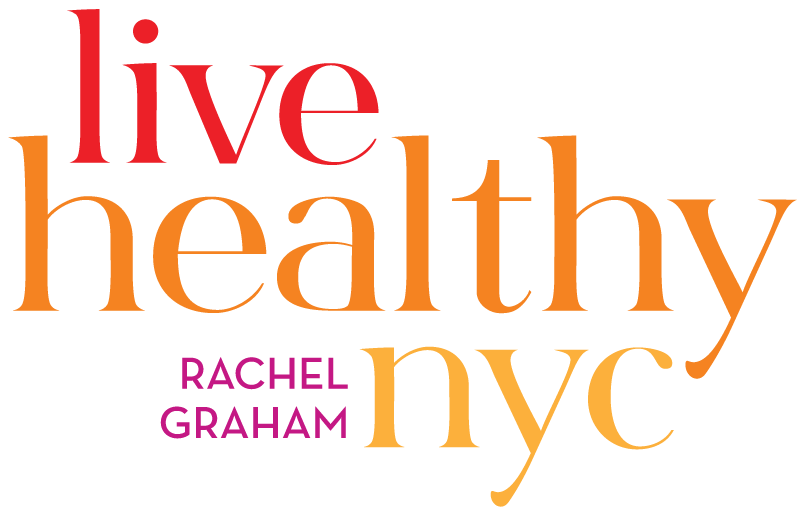Recently, I've noticed more conversations about menopause. I’m no expert, but like many friends, I’m experiencing it too. This phase of life brings real, often unexpected changes to our bodies. It’s entirely natural to feel frustrated or even a bit out of control as we adjust. I sometimes catch a glimpse of myself walking past a store window and find it hard to recognize the reflection staring back at me. This unfamiliarity with my own body can be challenging and a little unsettling.
Yet, here we are. Menopause is real and unavoidable, but how I choose to respond to it is fully within my control. By staying active, nourishing myself with healthy foods, and practicing self-compassion, I know I can support my physical and emotional well-being through this transition. Embracing these changes with kindness helps smooth the journey, allowing me to prioritize health and wellness without the weight of self-criticism or unrealistic expectations.
Exercise: I believe that the best exercise is the one we show up for. Recently, I joined my daughter for a floor Pilates class and watched her move effortlessly, surrounded by younger women. I found myself wondering, “Did I ever move like that?” But instead of comparing, I felt a sense of pride for simply being there, moving in a way that felt right for me. Embracing this new rhythm helps me stay grounded, and approaching menopause with compassion has reduced stress—relieving symptoms and offering support to my body in the process.
Exercise also needs to be a consistent part of our schedule, like any other commitment. When we prioritize it, it naturally becomes part of our routine. Studies show—and most doctors agree—that regular movement can help relieve menopause symptoms, boost mood, and protect our heart and bones as we age. And it doesn’t have to be intense! Daily walks, gentle stretching, or yoga can make a real difference. Personally, I love my walks through Central Park or lifting weights to upbeat music; turning these moments into something enjoyable transforms exercise into self-care rather than a chore.
Diet: A balanced diet is equally essential. Michael Pollan’s words often come to mind: “Eat (real) food. Not too much. Mostly plants.” During menopause, metabolism can slow down, so focusing on nutrient-dense foods helps sustain our energy and health. Lean proteins, whole grains, fruits, vegetables, and healthy fats are powerful allies in balancing blood sugar and nourishing our bodies. My doctor has emphasized the importance of calcium, vitamin D, and magnesium to support bone health during this stage, and I’ve made a point of including these in my diet.
Moving Forward with Self-Compassion: As we go through menopause, it's easy to feel overwhelmed by the physical and emotional shifts. But this period can also serve as a time of renewal, a chance to redefine what it means to be strong, healthy, and whole. By listening to our bodies and taking a compassionate, proactive approach, we can embrace this season with grace and resilience. Menopause may bring its challenges, but it’s also a profound reminder of our strength—and the beauty of embracing each stage of life fully.
As a licensed Clinical Behavioral Therapist and Intuitive Eating Counselor, I’m here to help you integrate these practices into your life. If you're interested in working with me, feel free to reach out at rachel@livehealthynyc.com




















